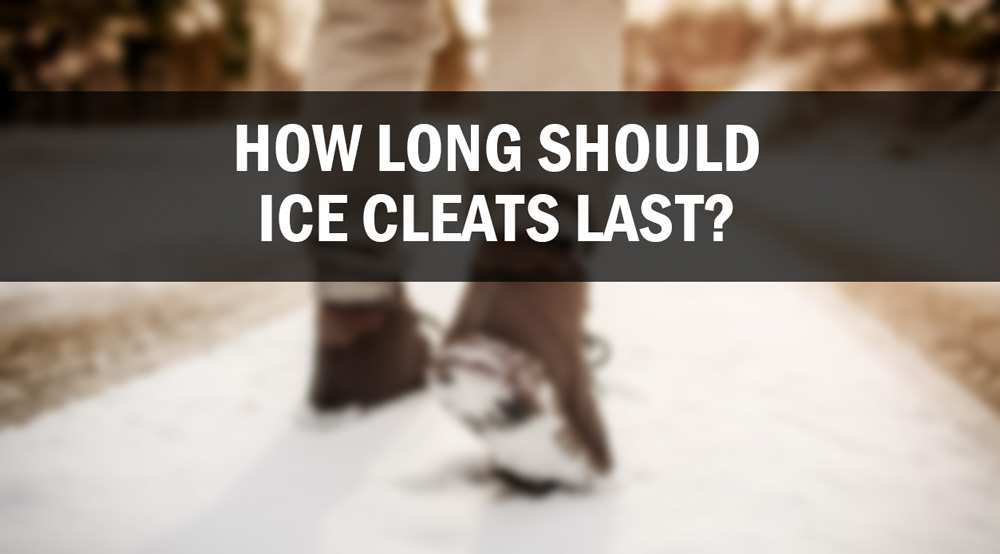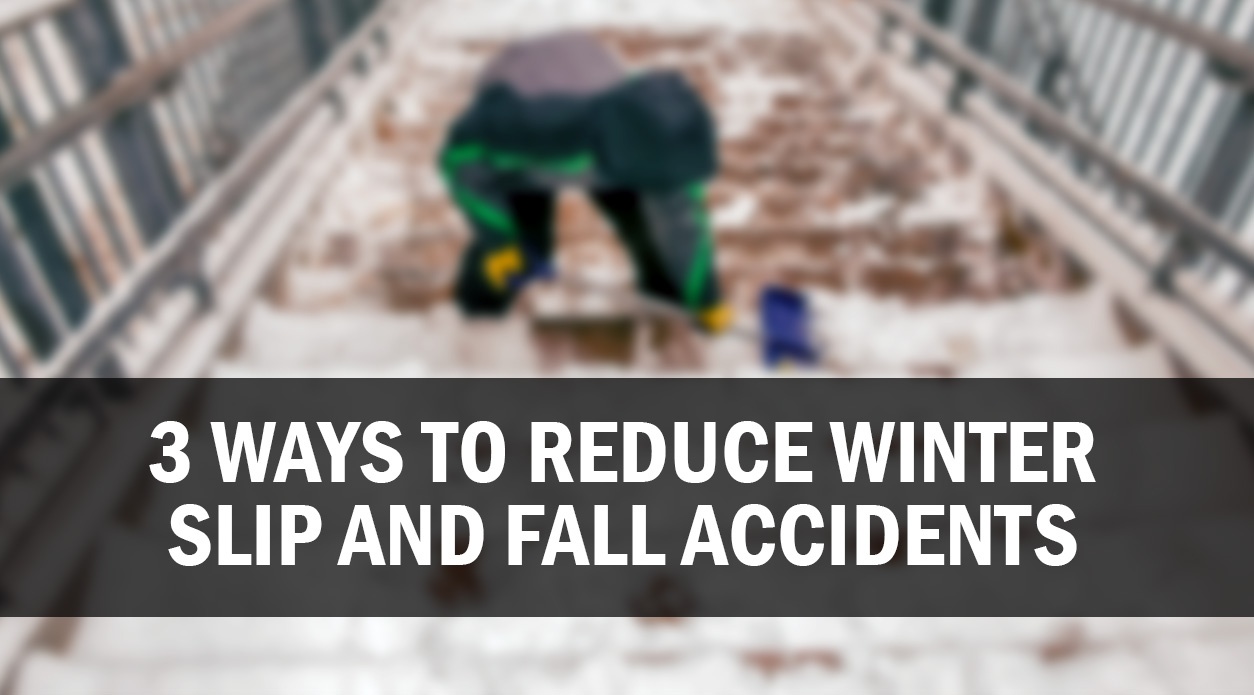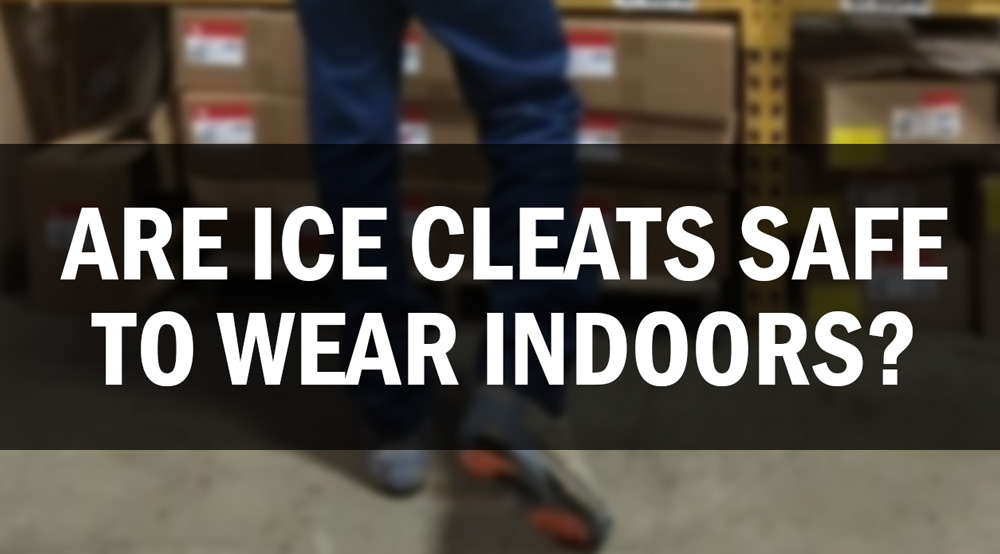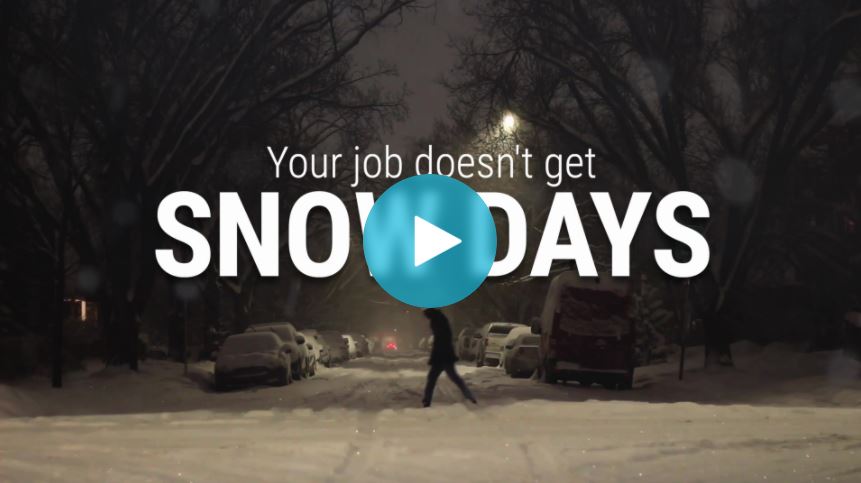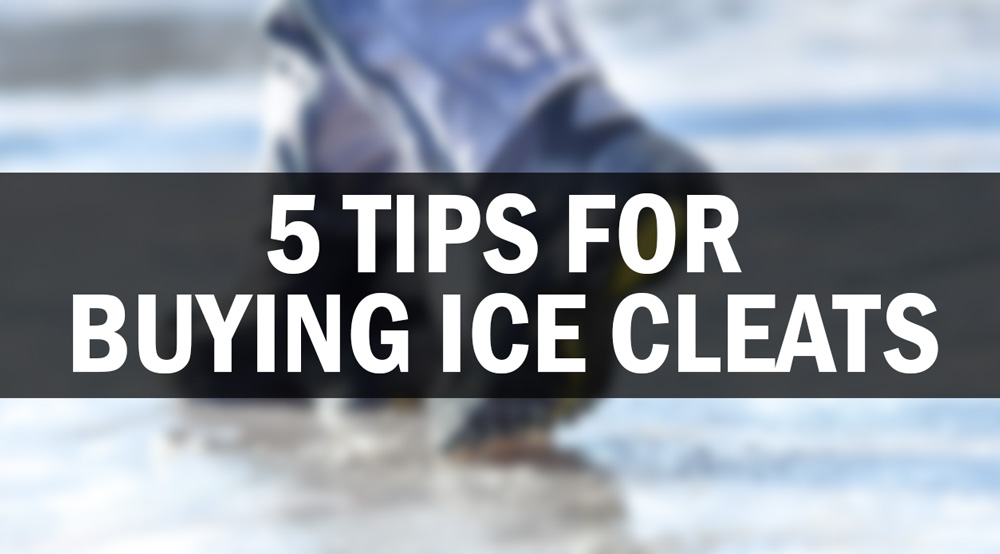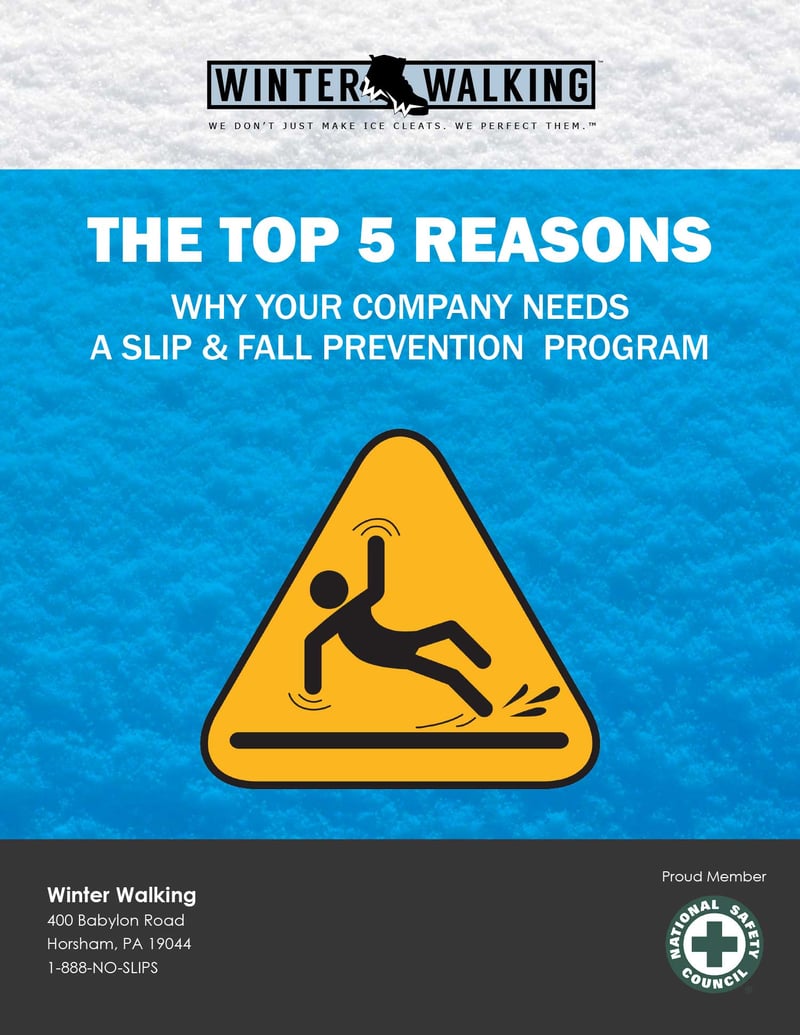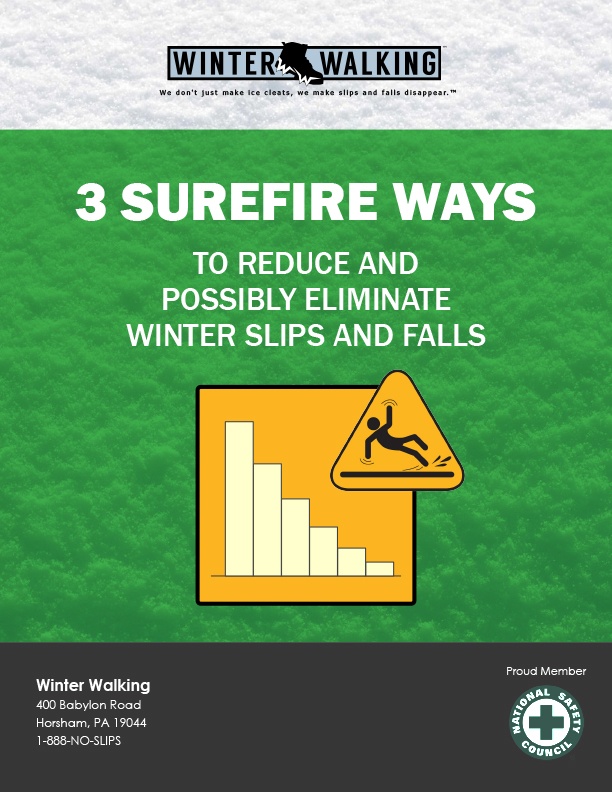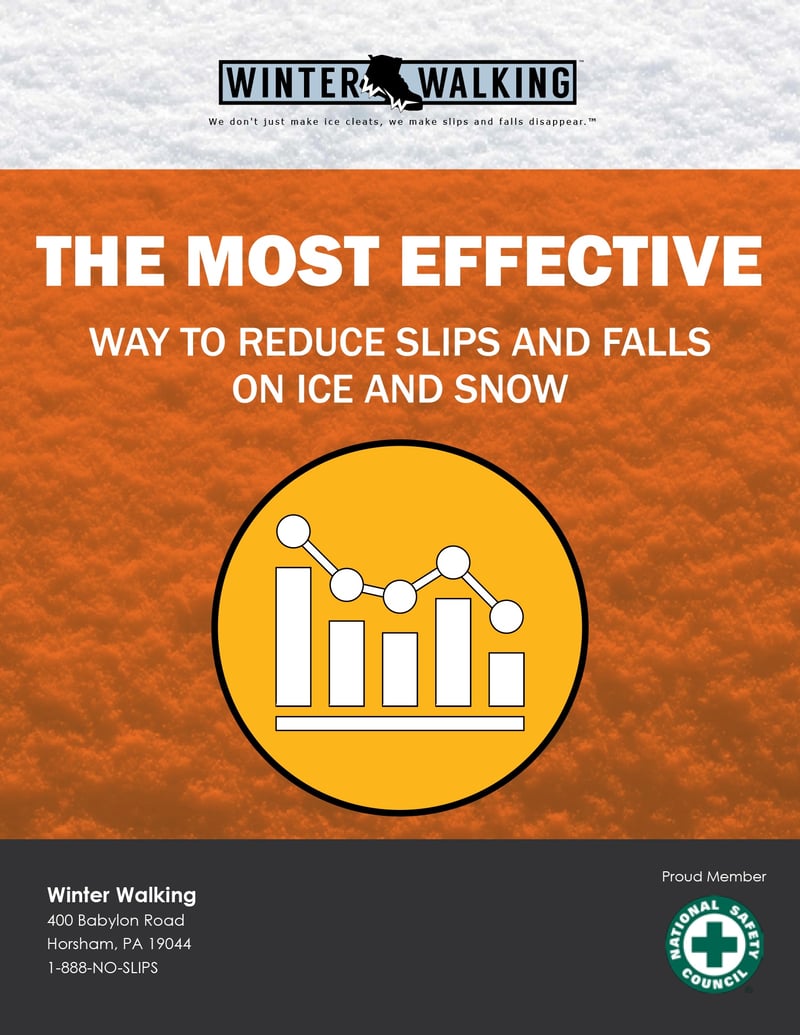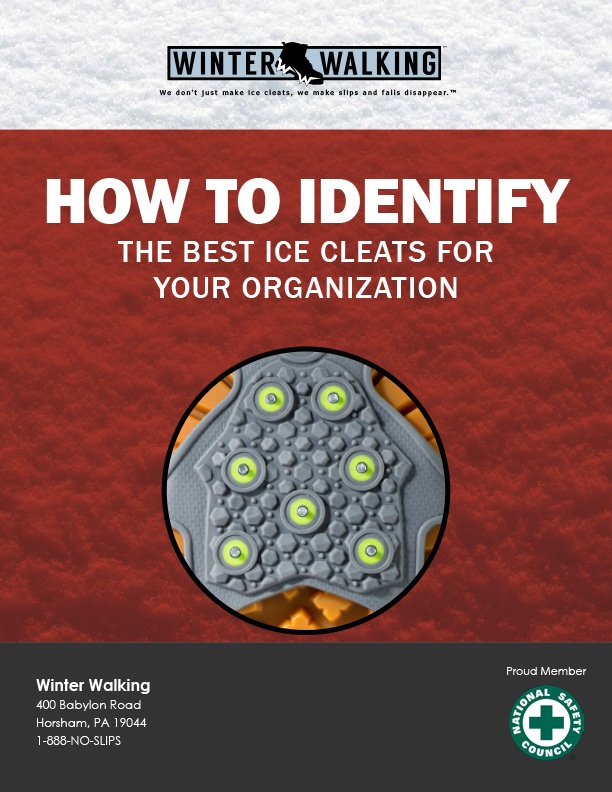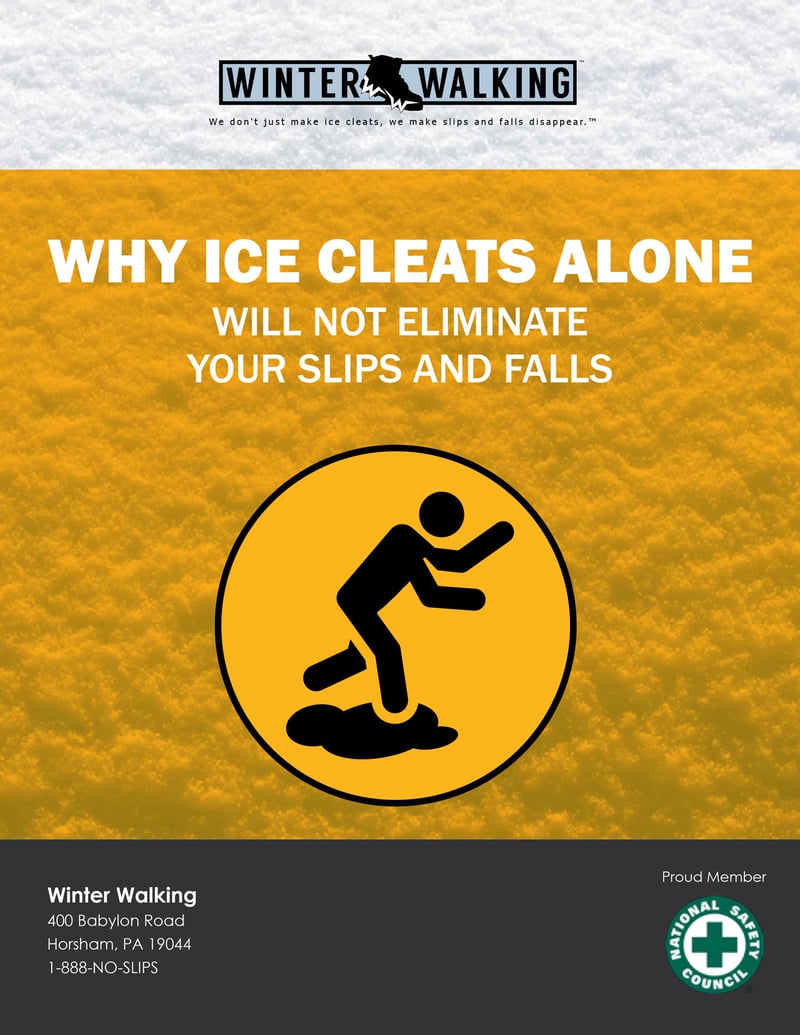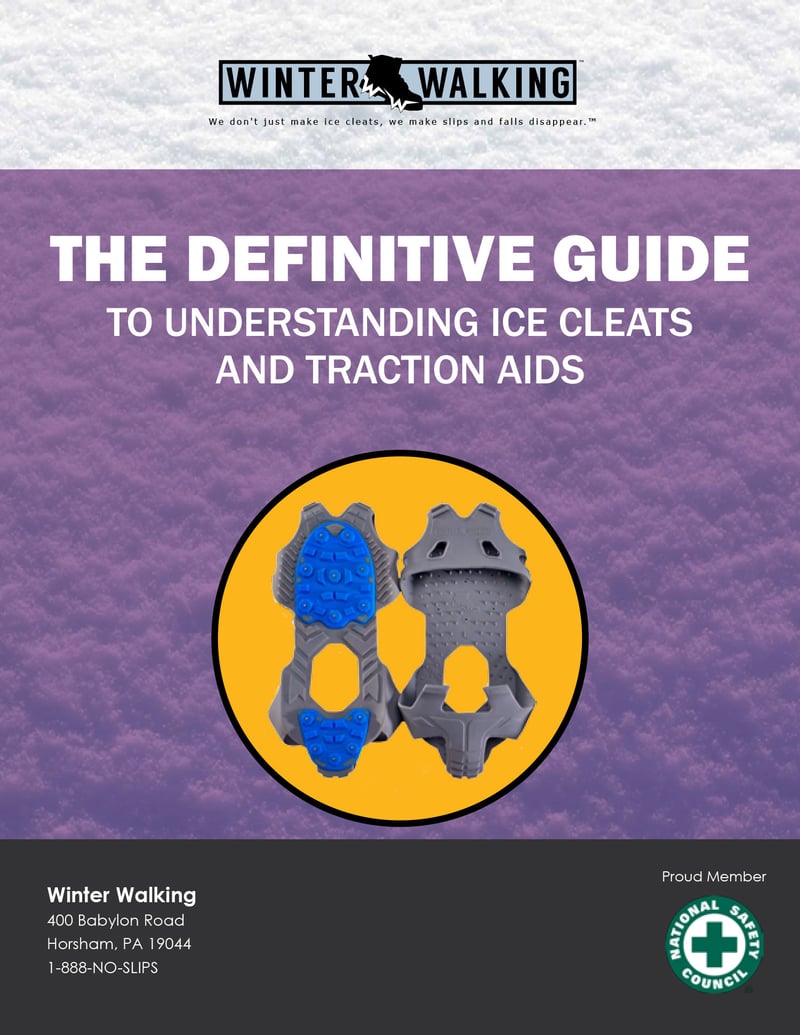Who doesn't love winter? With the snow falling gently from the sky, it transforms the world into a picturesque wonderland. It's a time when families come together, hot cocoa is sipped by the fireplace, and memories are made. However, not everyone shares the same sentiment when it comes to winter. For safety professionals, the arrival of winter brings with it a sense of apprehension and concern. As the temperature drops and the ground becomes covered in a blanket of snow and ice, slips and falls become a common occurrence. This is especially worrisome for safety professionals whose main priorit[…]
Continue Reading
The durability of ice cleats is a commonly asked question among safety professionals. Before purchasing ice cleats, it is essential to understand how long they are expected to last. When someone asks about the lifespan of ice cleats, what they are really asking is how many pairs they will need to get through the winter season. Ice cleats come in various types, some designed for recreational purposes such as walking the dog or shoveling the driveway, while others are specifically built for utility workers, letter carriers, and construction workers. Choosing the wrong type of ice cleat for a spe[…]
Continue Reading
Falls are the world’s leading cause of injuries, sending hundreds of thousands of people to the hospital each year alone. Of those cases, only a fraction happen at work, and an even smaller number involve ice/snow-related slip and falls. But if you’re an employer whose workers spend a lot of time outdoors, even one of these incidents is too many. Fortunately, keeping your workers safe during winter is easier than you might think. In this blog post, we’ll look at ways you can prevent slip and falls and other wintertime injuries. Eliminate The Act of Walking on Compromised Surfaces Think about a[…]
Continue Reading
Are ice cleats safe to wear indoors? In most cases, the answer would be no. Traditional ice cleats are designed for a sole purpose: preventing slip and fall incidents on icy surfaces. Picture an airport in the middle of January, someplace like Chicago that experiences brutal winters. The employees who work outdoors need footwear that will keep them slipping when they walk, so they put on a pair of ice cleats, allowing them to walk safely over slick surfaces. Once they get inside, it’s a whole different story. Read on to learn why most ice cleats are not meant for indoor wear, and to find out m[…]
Continue Reading
At Winter Walking, we take our commitment to your safety seriously. Our mission is to provide the highest quality ice cleats that will last you for years to come. We understand that you can't afford to take any chances when it comes to your safety, which is why we use only the most durable materials in our products. Our ice cleats are designed to withstand the harshest conditions, so you can focus on your job with confidence, knowing that you won't slip or fall on the job. We believe that your safety is our responsibility, and we won't rest until we've helped you eliminate the risk of slips an[…]
Continue Reading
The process of buying ice cleats is a lot like the search for any new product. Sometimes it’s smooth sailing, and other times you run into frustration and confusion, and end up spending a lot more time than you’d like to find the ice cleats you need. And it’s a situation where you need to take your time to make sure you’ve found the best and safest traction solution for your employees working outdoors in cold, slippery conditions. In this blog post, we’ll look at some of the questions you should ask yourself when shopping for ice cleats to take some of the stress out of the process and keep yo[…]
Continue Reading


